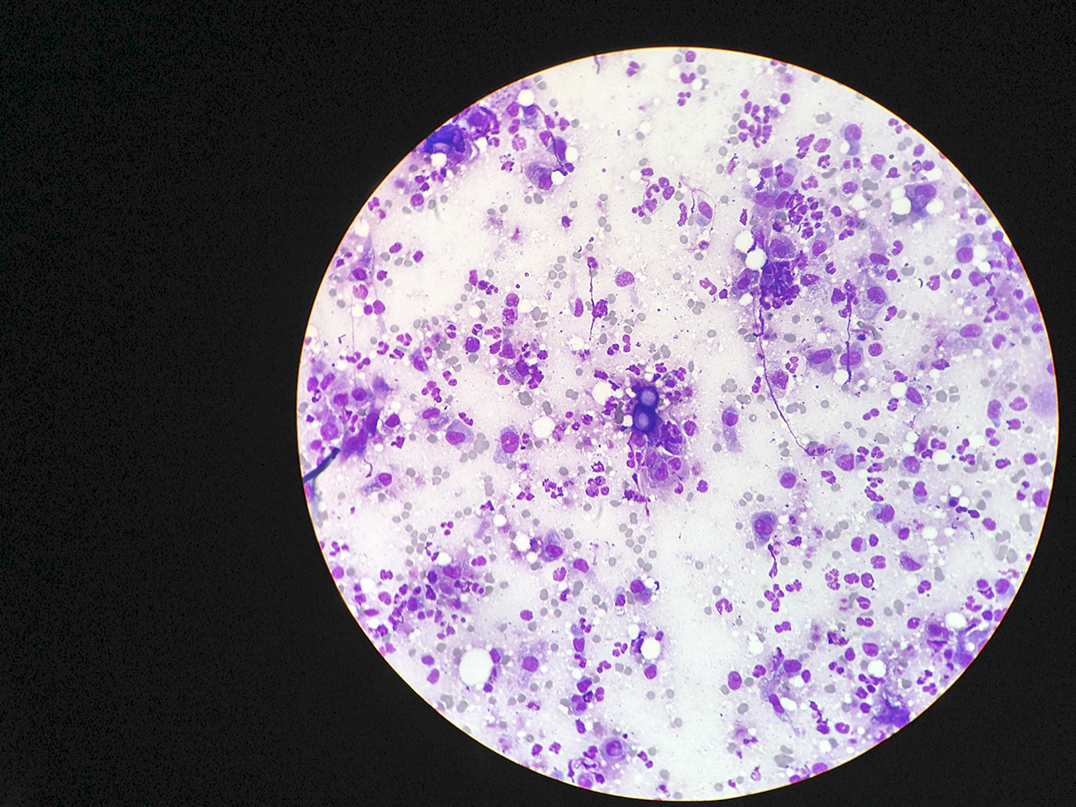SHESHEGWANING—The community of Sheshegwaning First Nation is still dealing with the news of blastomycosis, a rare infection that is caused by breathing in the fungus blastomyces dermatitidis, that hit the community earlier this month.
Sheshegwaning Chief Dean Roy told the Recorder on Monday, “yes, as far as I know all the people who had been diagnosed with (blastomycosis) have now come home. Six went into the hospital,” he said, noting, “two were discharged on (September) 12, and the others came home on the 14th and are back in the community.”
“There are other people currently under investigation for blastomycosis. So far, six children and one adult are diagnosed and being treated for blasto; of these six are confirmed and one suspected, but all have been released and all are now on medication,” explained Chief Roy.
As reported in last week’s Recorder, along with several people having been confirmed to have blastomycosis, the infection has also been confirmed to have taken the life of at least two dogs in the community.
Blastomycosis is not contagious from person to person, or from animal to person.
Activities that disturb damp soil or rotting wood, such as digging or raking, may release the fungus into the air. The fungus is found in moist acidic soil in parts of Northern Ontario, Manitoba, Saskatchewan, Quebec as well as other areas around the Great Lakes and Mississippi Valley.
Although this is a rare infection, it is important to know how to reduce exposure to the fungus when working in moist soil areas, such as under the house, cottage, porch or shed. Simple precautions include wearing work gloves, proper footwear, long pants, long-sleeved shirts and a disposable NIOSH N100 approved HEPA filter dust mask.
The symptoms of blastomycosis can be similar to those of influenza or pneumonia. “If you have a persistent cough, muscle aches, joint pain, tiredness, chills, low-grade fever, skin sores or unexplained weight loss, let your health care provider know that you may have been exposed to the fungus that causes blastomycosis,” said Rylan Yade, an environmental support officer at the SDHU. “They will want to know if you have been in a high-risk area and in contact with moist soil.” People typically become sick between 21 and 100 days after being exposed to the fungus. If the infection is left untreated, blastomycosis may be fatal.”
For more information on blastomycosis visit www.sdhu.com, call the Sudbury and District Health Unit at 705-522-9200, ext. 398, toll-free 1-866-522-9200.
The Recorder received an email from Health Canada, which is working with the community on blasto, which states, “in response to several cases of blastomycosis in Sheshegwaning First Nation, a Health Canada Environmental Health Officer (EHO) visited the community on September 13. The EHO met with the community leadership and provided information about blastomycosis, including signs and symptoms and how the disease can be acquired, through a well-attended community presentation.
“A public health investigation has been initiated to collect information with the objective of learning more about this disease and if whether a source of exposure can be determined. As blastomycosis is an uncommon illness, the findings of this investigation may contribute to a better understanding of the disease.”
Chief Roy indicated, “I had called in an environmental health officer (through Health Canada) to investigate and to have a community information session on how the infection is contracted and provide information on what blastomycosis is and how it can be prevented.”
“We have not determined at this time what might have caused the spike in occurrences,” stated Chief Roy. “But as part of the investigation, they (Health Canada) will be trying to find commonalities between those affected to determine a cause. We live in the endemic region for blastomycosis (where it is most prevalent), and it’s not always possible to avoid exposure to this organism. This disease is actually rare, and hard to catch. You have to be in contact with the soil and breathe in the spores, and is not passed on from person to person or from an animal to a person.”
“The reason I wanted to call in the EHO team is that the community was in a state of panic and were looking for answers,“ said Chief Roy. “Things are a little calmer in the community right now. The focus is on education and prevention.”
Chief Roy noted that for those persons identified with having blastomycosis “even though they are responding well to treatment, it is a long road ahead. They will have to be on medication for six months.”





